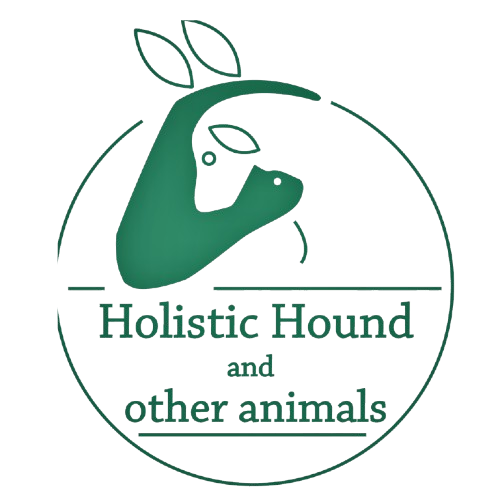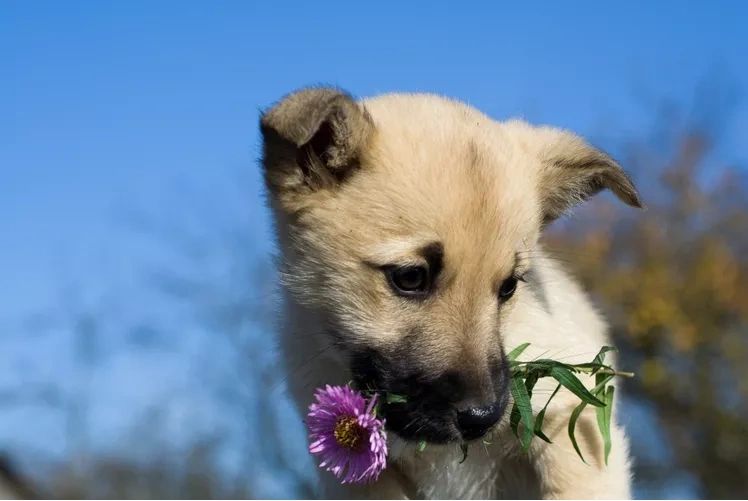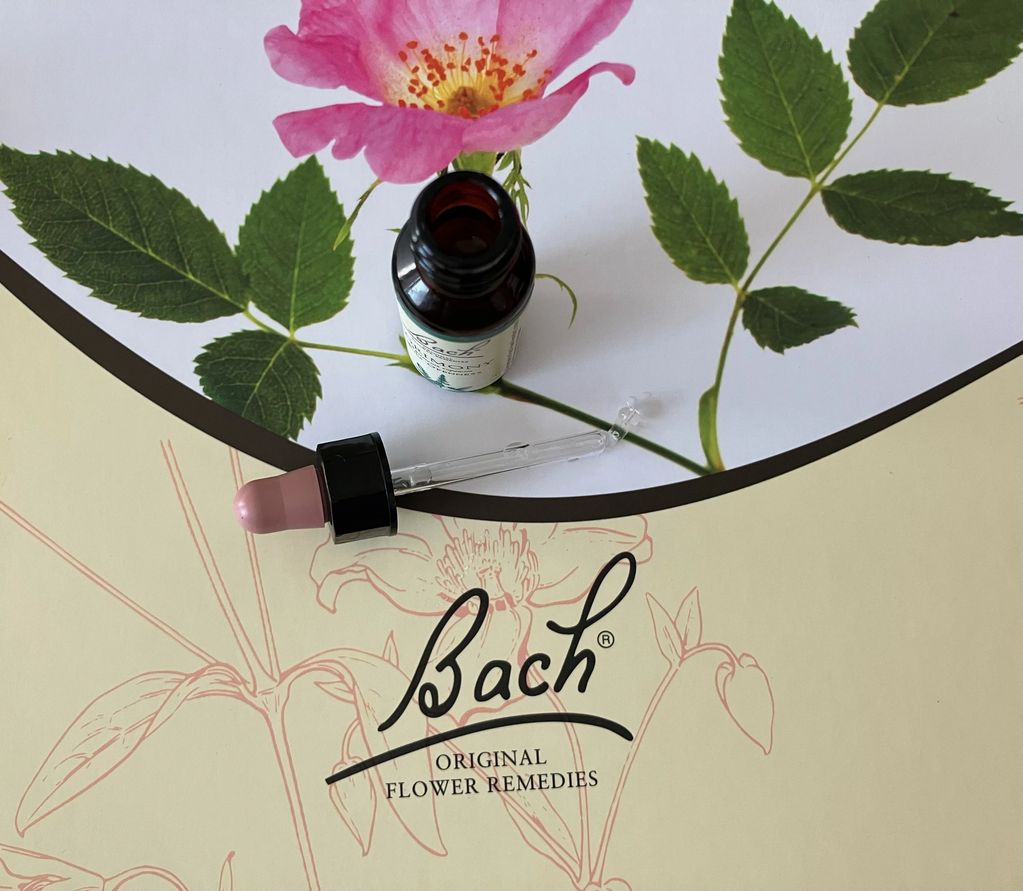What is animal herbal self-selection?
Wild animals naturally forage and have been observed seeking out and selecting substances on which to self-medicate. This can be the selection of not only plants and foliage, but also minerals, which can be found in soils and clays. On taking up substances and/or plant constituents this could relieve their issue or address an imbalance in their body. This is known as zoopharmacognosy, and this method of self-selection also applies to, and is observed in, domesticated animals.
A herbal self-selection session offers support for animals for a range of issues, including emotional and behavioural, as well as physical concerns such as inflammatory issues which could affect joints, stomach etc. Additionally skin, eye, ear, respiratory and immune issues, to name a few, could also benefit. Alternatively a range of detox or mineral rich products could be offered for selection if you feel your animal has no specific issues.
However where an issue is present that you contacted us about, animals do not always select herbs and oils initially to support this. At the consultation you will be given information about this and the self-selection process.
Want to see what other professionals make of zoopharmacognosy, just click the link:
A Zoopharmacognosy Experiment: Dogs First - Dr Conor Brady
What does the session involve?
Prior to the session we request completion of a Consultation form, and ask that you contact your vet to ensure they are willing for the session to go ahead - if your vet requires further information we are happy to communicate directly with them.
Based on our knowledge and experience, we prepare an outline plan of herbal options taking into account all the information supplied by yourselves about your animal. However, as the process is guided by your animal, this plan is very fluid.
At the self-selection session a range of dried herbs, hydrosols and gentle essential oils, along with a range of seasonally foraged plant materials, are offered to your animal in sequence. The session can take around 1½ - 2 hours from start to finish and would be best arranged at a time when there will be no interruptions.
From this the body language and behaviour of the animal is observed to see whether or not they are interested in the product choices offered. If interested the animal may eat, smell or even have them applied topically, or roll in them.
Advice and support will be given on how best for you to offer or apply any products that have been selected by your animal in order to maintain their future well-being.

Use of essential oils for self-selection
What are Essential oils?
Essential oils are generally extracted through the process of steam distillation from plant matter such as bark, flowers, fruit, leaves and roots. During the process steam passes through the plant matter breaking up the micro particles of the plant separating out the volatile (essential oil), from the non-volatile (hydrolat or hydrosols) elements. The (essential) oils are then collected as they accumulate on the surface. The water based hydrosols contain natural constituents but in a more diluted form. Other forms of extraction include CO2 and solvent extraction (absolutes), and expression or cold-pressing.
There is wide variation in shelf life of essential oils which is linked to their constituents, with citrus and pine essential oils having a shorter shelf life. Essential oils should be checked reglarly for oxidation, which can affect smell, viscosity and appearance (cloudy).
The concentrated essential oils contain the characteristic odour and chemical constituents of the plants, such as phenols, monoterpenes and sesquiterpenes. The concentration of these constituents will vary depending on the essential oil. We are aware of essential oil sensitivities in cats and tailor our sessions accordingly.
Offering essential oils to animals allows them to have access to, and to self-select, constituents they may not have contact with in their domestic setting. Many essential oils have calming and relaxing properties, thus potentially reducing stress levels, which in turn supports and promotes physical well-being.
Does aromatherapy affect animals?
When an essential oil is inhaled between 30 - 70% (on average 50%) of chemical constituents within the oil are absorbed via mucous linings of the respiratory pathways into the bloodstream, and ultimately into the brain by crossing the Blood Brain Barrier. Inhalation could therefore be beneficial for both emotional issues (such as anxiety, depression) and respiratory issues as they have a more immediate effect. Oils with analgesic or sedative effects will also have a faster reaction time and stronger effect with neurotransmitters sending messages to the affected areas (ie, reduce pain, sedate).
The olfactory system, or sense of smell, is linked to the limbic system of the brain which deals with, amongst other things, memory and emotions, and as such some odours may trigger an emotional response. Inhalation of supportive essential oils could release memories and thus restore balance and well being, as ultimately the emotional state affects the physical state. Essential oils are therefore supportive for a range of emotional, behavioural and physical issues.
We only use essential oils that are ethically sourced and from companies that guarantee their purity. We would recommend applying this criteria if looking to purchase oils for use in the home.
Using diffusers around animals
There are several types of diffusers on the market and the amount, and frequency, of essential oil that is dispersed into the environment varies with each of these. The two main methods of dispersing the essential oils are by using a nebulising diffuser, or an ultrasonic diffuser. The nebulising diffuser disperses the essential oil into the air in a fine spray and thus the oil is still in its concentrated form. The ultrasonic diffuser again disperses a fine mist, but the difference is water is dispersed along with the essential oil and this therefore dilutes it.
If using a diffuser with essential oils in the home your animal should not be left unattended. Only use for a limited amount of time (to ensure no build-up of vapours); with ventilation and the ability for your animal to leave the room at any and all times, being necessities too.
Their behaviour should also be monitored whilst in the vicinity of a diffuser as they will indicate whether they like or dislike the oil - more information regarding this can be discussed at a self-selection session.
Cats, however, lack certain liver enzymes which assist in the metabolism of many essential oil constituents - " ... cats are quite susceptible to toxicity from nutmeg oil and tea tree oil. But, a small amount of any essential oil, and a moderate amount of most, will not harm your cat." (Tisserand Institute).
Nevertheless essential oils that contain phenols are best avoided around cats (particularly wintergreen, anise, birch, basil, fennel, thyme, clove, and oregano) which contain higher levels (50%+).
Self-selection (Zoopharmacognosy) Session prices:
Cat session - £30.00, Dog session - £35.00, Horse session - £40.00
Mileage up to a 20 mile radius from my base is included in the price, along with all products offered and left after the session.
If you wish to arrange a session, or you have any questions or concerns, please get in touch.
Link to the Consultation Form which requires completion prior to the session.
An information sheet with further guidance on arranging and preparing for the session will also be made available at the session booking.





